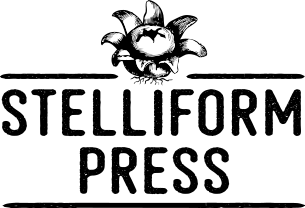Update: Environmental Sustainability & Rights Acquisition

At Stelliform Press, we want to disseminate stories which change the way we think about human relationships to the environment and the non-humans who live in it with us. We want to disrupt the cultural/capitalist imperatives which influence how we behave in this space. How we affect this space.
But like any environmentalist who has heard the wailing of the absolutist or essentialist responding to political protest (“How did they get there? By car! Using fossil fuels!”), we know that we exist within the system. We know that “primitivism” and other isolationist approaches are not answers to climate change. We know that most Western lives have the biggest ecological footprint.
Our Sustainability Plan
We are starting small, but we have a plan to ensure that we take each step forward with our effect on local and global ecologies in mind. Our About the Press page now outlines what we are currently doing toward environmental sustainability and what actions we plan for the future.
As a new press, we are implementing the following policies and protocols to reduce our impact on the environment:
No or very limited printed proofs during the editing process Post-consumer waste (PCW) paper for some editions Use of vegetable inks; no metallic inks which pollute waterways Some use of Print on Demand technology reducing carbon emissions from long-distance shipping Engagement with local printers, bookshops, libraries, and festivals and conventions Use of conferencing technology for long-distance events Maintain a no air travel policy and reduce fossil-fuel burning travel Within 5 years, we are aiming to implement the following policies and procedures:
All editions printed on PCW recycled paper All editions printed using a waterless printing process Participation in the Tree Neutral or Tree Canada Programs
A Note about Acquisitions and Authors’ Rights
Some authors have asked what rights we are buying. Currently we are buying first world English electronic and print rights. As we grow, we will also consider audiobook rights. Our contract includes clauses for rights reversion in different situations should the author and/or publisher wish to terminate their relationship.
This information is now included on our Submission Guidelines page.
Review: The Deep by Rivers Solomon
Books We Love
Rivers Solomon’s The Deep demonstrates a literal transformation of human bodies as a result of a change in environment. In this novella, the descendants of kidnapped African mothers thrown from slave ships as they cross the Atlantic ocean become the wajinru, an deep-sea dwelling merpeople who live in blissful forgetfulness of their history. The wajinru’s forgetfulness is enabled by a social structure in which a Historian is tasked with the remembrance of the people’s entire history. The Historian holds all wajinru memory within their body, feeling the physical pain and emotion of those memories, until those memories are passed on to the next Historian.
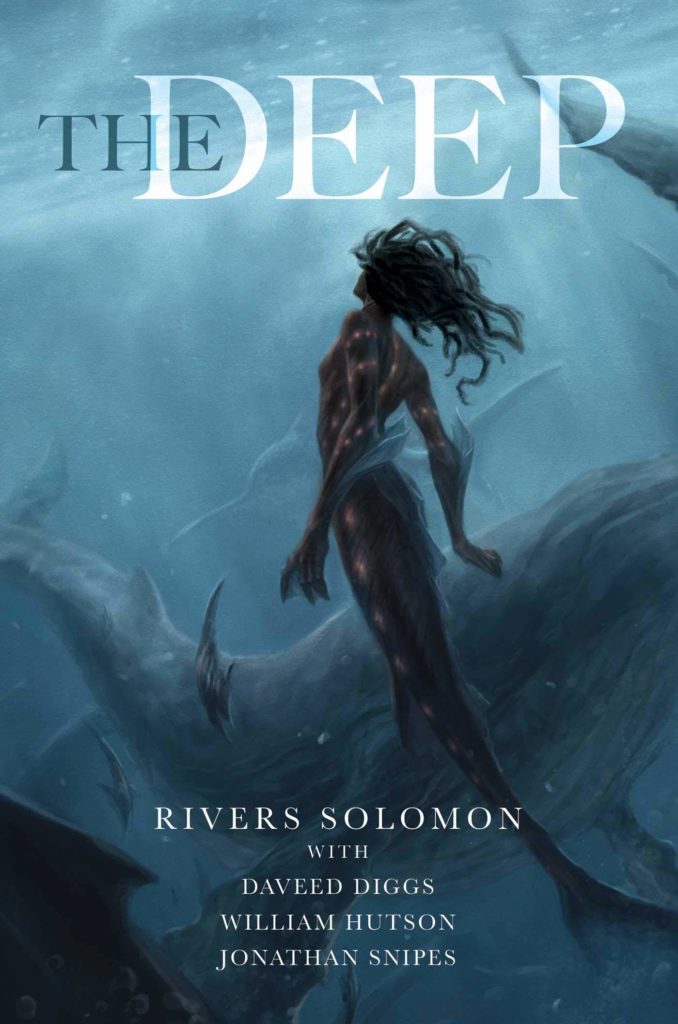
The untenable nature of this system of remembrance is made explicit in the main character, Yetu (the current Historian), as she struggles to cope with the pain and horror of wajinru history. Solomon raises questions around the idea of communal versus individualistic social structures when they depict Yetu simultaneously acknowledging the value of her role as a keeper of memory — even memory that is so painful that it is literally transformative — and her real need for care and acknowledgement as an individual.
While previous wajinru Historians were able to thrive — or at least survive — under the burden of the memories, Yetu is different. She is often anxious and agitated, overwhelmed by the expectations that the other wajinru have of her. In this way, Yetu not only helps the reader to understand the wajinru as a diverse people, but her neuro-atypicality opens the door to large-scale changes in wajinru social structures. Because of Yetu’s inability and refusal to continue on as the Historians have always done, her society as a whole changes in a positive way.
The Deep is about the many ways that our environments — whether they be ecological, social, or psychological — can change us; and in depicting a variety of changes throughout the novella, Solomon acknowledges the interconnectedness of human and non-human histories and their reverberations through spaces and bodies. Fundamentally, The Deep shows us how change comes through interconnectedness, through the relationships we have with each other, and how we understand and respond to one another’s pain.
Review: Lanny Boykin Rises Up Singing by Jess Barber
Stories We Love
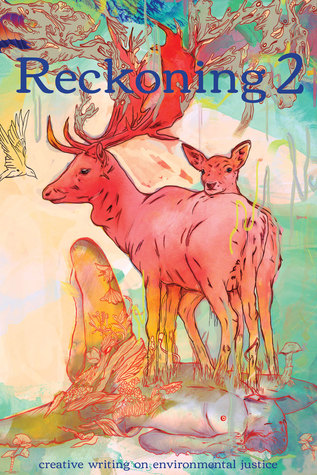
This story from Reckoning Magazine packs a ton of heart and hope into a diminutive novelette. It also packs eldritch horror into the unsuspecting body of a young girl whose family is responsible for the dam and diversion project which dramatically altered the ecosystem of its small-town setting. Lanny Boykin is a shape-shifter; but she is not the only shape-shifter in the story.
While the reader is fascinated by the mystery of Lanny’s transformations — and Lanny’s desperate efforts to escape her hometown — the story of the town’s transformation quietly expands in the background, not unlike Lanny in her sea-monster form, spreading out below the surface of the water, displacing lakes with sheer mass. There is desperation in the lives of Lanny and her best friend Junebug, and in the lives of their parents and other townspeople who are tense and exhausted, living their lives on the cusp of failures very much connected to their surrounding ecology. Lanny’s home is a mill-town poised to become a mining town, the pollution of water from the mill about to become pollution of the air from the mine. But the story stresses that it is insufficient to criticize the mill workers (or even the future miners) who have little say in the progression of industry in the town; Barber makes this clear in her portrayal of poverty, quiet desperation, and the seemingly impotent protest of Junebug and Jack against the mine.
The town’s industrialists seem unstoppable, not unlike Lanny’s transformations which at first come over her unexpectedly, forcing her to stumble — more than half out of her mind — toward water. But as the story reaches its climax, it becomes apparent that that which can stop the town’s further development is Lanny herself, a girl who is connected through ancestry to the place’s first environmental devastations, and through her heart to the town’s future of which she has never felt a part. In this way, Barber has created an intricately interconnected narrative, wherein those who are responsible for ecological devastation pay for it with the lives of their descendants, but the sacrifice is made willingly, for love and hope.
The love between Lanny and Junebug and the care they show for each other even when they disagree drives this narrative. It is desperately sweet. Even the destruction of the story’s final scene barely touches the palpable connection demonstrated by these two characters. If Lanny and Junebug stand at odds as representatives of the disconnection of industrialized development of an ecosystem and the struggle of the poor and dispossessed to withstand detrimental changes , they also represent a deep care and connection that can right wrongs and maybe even rehabilitate damaged worlds.
Review: Gods, Monsters, and the Lucky Peach by Kelly Robson
Introducing the “Books We Love” Series
As part of our Internet debut, so that our future authors and and readers can get to know what to expect from the press, the Fiction and Non-Fiction editors will post reviews to the blog , describing a few books we’ve loved — both old and new. While only some of these books will be exclusively focused on the climate emergency, they will each have some elements of form or content that we’d love to see in our submissions queue. As we acquire our own titles, we will write more about Stelliform authors and their works; but until then, we will share the books we love and why we love them.
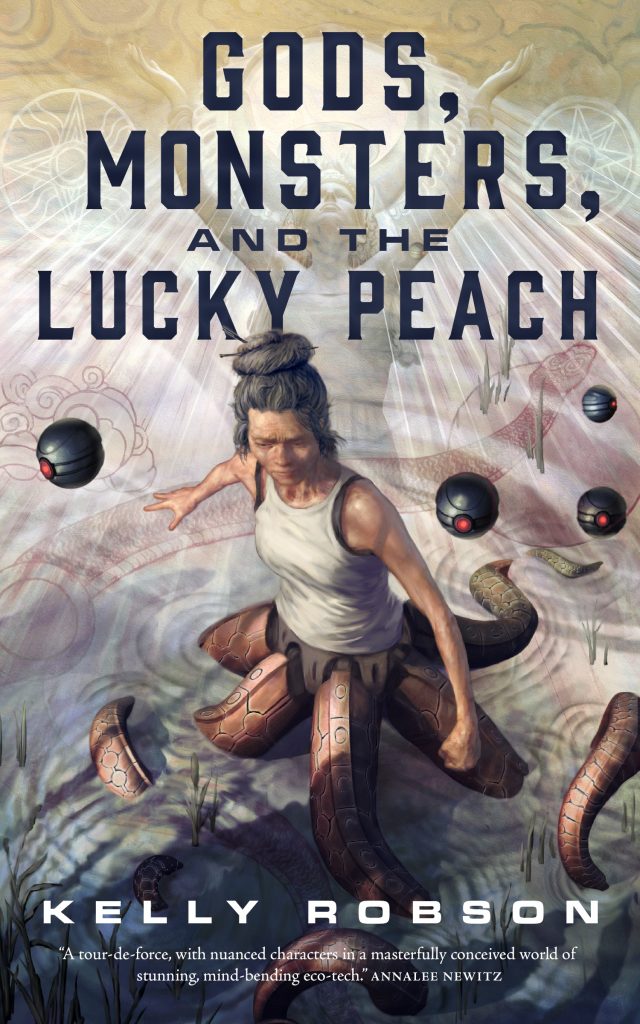
Robson’s novella, Gods Monsters and the Lucky Peach, does fit into the mandate of the press in that its technological focus is also ecological and its narrative acknowledges the ways that these two elements interact in Robson’s world.
The first thing a reader notices is the richness of that world. Robson’s futuristic Canada is divided into “habs” — habitations which include the hybrid habs of Jasper which the healthy and prosperous young people (the “fat babies”) built when they left Calgary, the gleaming Tuktoyaktuk hab on the MacKenzie Delta, and the Edmontonian ghost town. Hints of dystopia exist in the mention of Bangladesh Hell and Sudbury Hell: ecologically degraded environments which likewise degrade their inhabitants’ bodies and minds.
Robson includes details to flesh out the future ecology of Western Canada, and though there are certainly elements of dysfunction and ecological degradation, landscape is technologically managed. Meeting Minh, the protagonist, for the first time, the reader finds her pruning an ancient peach tree; this scene sets the tone for the novel in its juxtaposition of ancient agricultural technologies and the startling ways that the technological interacts with the biological in Robson’s future.
Entering into this new Calgary and understanding the way it works (and how the different parts are connected) feels easy as we are guided by Robson’s characters, who are simultaneously surprising and charming. The novella is integrated in its approach to both its setting and its characters — both are examples of biology enmeshed with tech. There is little fretting over the perfection of the human form, for example; instead of two legs, Minh has eight octopus-like tentacles. While Minh’s legs were lost to a pandemic of ringworm, her body modification clearly puts her at an advantage. Minh moves differently, but she uses her form to climb trees and intimidate bankers both. When Kiki — a tall “fat baby” whose height could have restricted her involvement in a time travelling Mesopotamian remediation project — has her legs surgically removed, her teammates are shocked and saddened over the desecration of her “perfect” healthy body, but Kiki rebuts their concern, insisting that “all [she] did was exercise autonomy over [her] health decisions.” Kiki insists that it is her right to control her own body, the way Minh and other older “plague babies” do. Robson’s book initiates readers into new perspectives on biological and technological integration, forcing us to question (as many good science fiction narratives do) the boundaries of the human.
Perhaps the greatest strength of Gods, Monsters, and the Lucky Peach is the juxtaposition that Robson makes between future Calgary and ancient Mesopotamia and the way in which shifting between these two settings provides two ways to understand both the environment and the humans that live there. Minh monitors the Mesopotamian river where she has been sent to retrieve the information needed for environmental remediation, and so through scientific processes supported by futuristic technology, understands a place that is strange to her. The Mesopotamian king, Shulgi, on the other hand, understands Minh through the myths and legends of his culture, interpreted to him not through scientific monitoring equipment, but shamanic ritual. Both of these perspectives are offered to the reader as parallel and connected understandings; and the ancient world’s ecology is a technology that parallels that of future Canada. We love that this parallel makes us think about ecology in a new way — as an exciting field to be explored, and a very important part of our future world.
Submissions Open January 2020
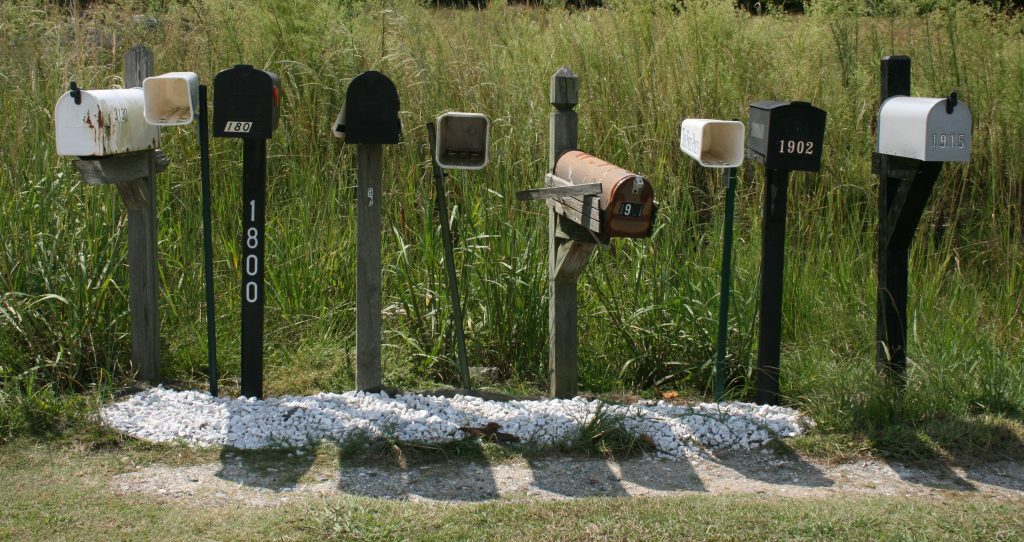
As of January 1st 2020, Stelliform Press is accepting submissions of novella manuscripts of 17,500–39,999 words. For more information as to what we’re looking for and how to submit, please visit our Submissions Guidelines page. If you’re not sure if your manuscript fits with Stelliform’s vision, please send a brief query to query@stelliform.press.
It is our goal to respond to all submissions within three months of receipt. Simultaneous submissions are fine, but please do let us know if your manuscript becomes unavailable.
We would especially like to encourage Canadian and First Nations, Métis, and Inuit writers to submit. We also welcome submissions from authors of colour and LGBTQ2S+ writers. We are seeking stories which depict the interrelated ways that climate change and ecological destruction affects human relationships and social structures and your stories are a very important part of the question of our global future.
Thank you for trusting us with your submissions!
